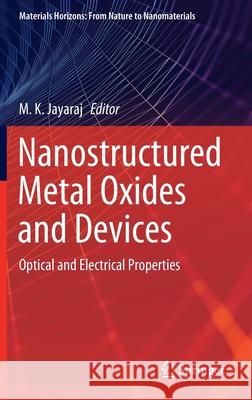Nanostructured Metal Oxides and Devices: Optical and Electrical Properties » książka
topmenu
Nanostructured Metal Oxides and Devices: Optical and Electrical Properties
ISBN-13: 9789811533136 / Angielski / Twarda / 2020 / 318 str.
Nanostructured Metal Oxides and Devices: Optical and Electrical Properties
ISBN-13: 9789811533136 / Angielski / Twarda / 2020 / 318 str.
cena 402,53
(netto: 383,36 VAT: 5%)
Najniższa cena z 30 dni: 385,52
(netto: 383,36 VAT: 5%)
Najniższa cena z 30 dni: 385,52
Termin realizacji zamówienia:
ok. 22 dni roboczych
Dostawa w 2026 r.
ok. 22 dni roboczych
Dostawa w 2026 r.
Darmowa dostawa!
Kategorie:
Kategorie BISAC:
Wydawca:
Springer
Seria wydawnicza:
Język:
Angielski
ISBN-13:
9789811533136
Rok wydania:
2020
Wydanie:
2020
Numer serii:
000845916
Ilość stron:
318
Waga:
0.67 kg
Wymiary:
23.39 x 15.6 x 2.06
Oprawa:
Twarda
Wolumenów:
01
Dodatkowe informacje:
Wydanie ilustrowane











